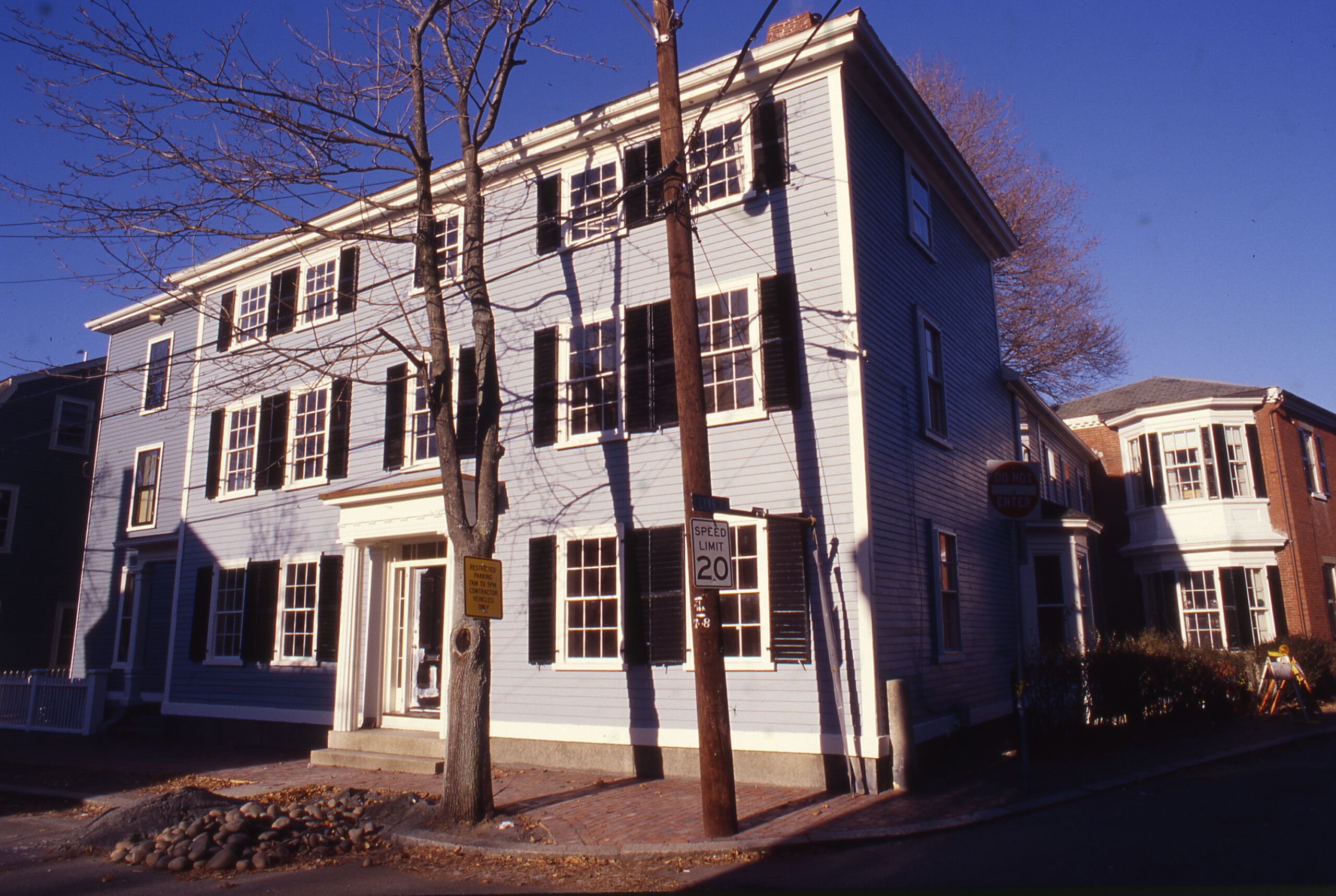Our 1995 main project in the historic seaport city of Salem, Massachusetts, began with a departure from our normal Boston-area house-hunting procedure, which gives precedence to the house rather than the location. This time, we picked the city before choosing the house. As executive producer Russell Morash explained, “We were so impressed by the rich history and architectural fabric of this great old New England city, our hope was to find a fixer-upper that reflected both qualities.”
After touring Salem’s housing market with a local realtor, we found the perfect candidate, a classic Federal-style house, circa 1784, with an attached Victorian-era rental unit that had been on the market for two years. Located in the heart of the city’s historic McIntire district, so named after native son and famed American architect and wood craftsman Samuel McIntire, the house boasted two mantelpieces carved by the master himself. After falling in love with the house, we learned of prospective buyers Deborah and Kevin Guinee, who had been interested in it for several months. A young couple with two preschool-aged children and another on the way, they were hoping to move up from their small six-room home on a neighboring street. With two living units and a total of 19 rooms, the house offered a smart way for them to finance a larger home.
The Guinees’ bid was successful, and we joined forces to restore their new home to its original grandeur. Among the larger projects we faced were turning this massive uninsulated structure into an energy-efficient home for the ’90s, reuniting three rooms that were then part of the Victorian rental-unit structure with the original Federal house, and trying to provide the house with some off-street parking in a crowded historic neighborhood where parking is a real problem.
The latter task proved by far to be the most challenging. Aided by the noted preservation architecture firm of Ann Beha Associates, we hit upon an idea to cut a covered carriage way through the house’s rear ell and into the back yard, a change that required permission from Salem’s historical commission. In a lengthy series of presentations, commission meetings, neighborhood input, and votes, permission was first granted, then denied. Ultimately, the Guinees found happiness with the living room they built where they had once envisioned the carriage way, but the experience illustrates the complexities of renovating in a historic district.
Other major repairs and updates included:
- creating a new kitchen, bathrooms, master suite, and laundry room
- refinishing an old clawfoot tub
- extensive exterior painting in a historic palette
- attending to the ancient slate roof
- resurrecting the exquisite front portico using a gel paint stripper, dental tools, an epoxy wood repair system, and Swedish putty
- rehabbing the building’s original windows and using interior storm panels to preserve the historic look of the front facade
- restoring the living room using historically accurate wallpaper, paint color, and carpeting.

